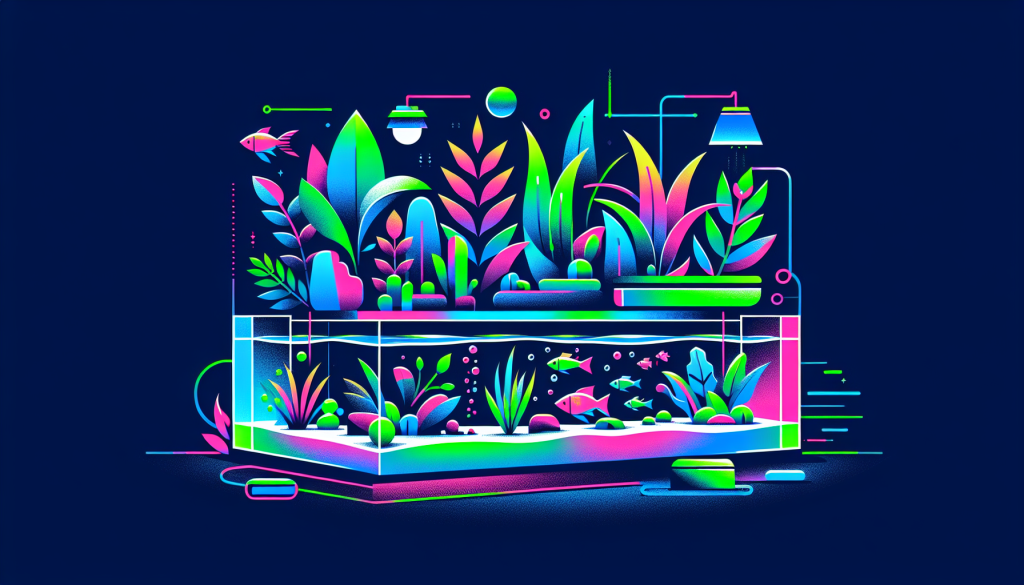The Ultimate Beginner’s Guide to Aquascaping: Step-by-Step Instructions & Essential Tips
Are you intrigued by the stunning underwater landscapes seen in aquariums and want to create your own? This beginner’s guide to aquascaping will walk you through every step of the process, from understanding essential concepts to setting up your first aquarium layout. Whether you’re just starting or looking to improve your aquascaping skills, you’ll find practical tips—and plenty of inspiration—to help you succeed.
What is Aquascaping?
Aquascaping is the art and science of arranging aquatic plants, rocks, driftwood, and other decorations in an aquarium to create visually appealing underwater gardens. From serene Nature Aquariums to bold Iwagumi layouts, aquascaping provides both creative expression and a healthy habitat for aquatic life.
Essential Aquascaping Equipment & Tools
Before you begin, gather the right supplies. Quality equipment ensures the survival of plants and fish while making setup and maintenance easier.
Core Equipment
- Aquarium tank (20–40 liters is ideal for beginners)
- Aquarium filter (sponge or canister for water clarity)
- Lighting (full-spectrum LEDs designed for aquatic plants)
- Heater (if you’re keeping tropical species)
- CO2 system (optional, but boosts plant growth)
Aquascaping Tools
- Aquascaping scissors and tweezers
- Gravel vacuum/siphon
- Algae scraper or magnet cleaner
- Measuring jug and water test kits
Step-by-Step Aquascaping Setup for Beginners
1. Plan Your Aquascape
Sketch out your design idea. Decide on a theme—such as Iwagumi (rock-centric), Nature Aquarium, jungle, or biotope. Pin down the hardscape features, key plant choices, and focal points.
2. Prepare the Aquarium
- Thoroughly rinse the tank and equipment with water (no soaps or chemicals).
- Level your tank on its final stand or cabinet before filling it.
3. Add Substrate
- Start with a quality aquascaping substrate, like ADA Aqua Soil or Fluval Stratum.
- Add nutrient-rich base layers if growing demanding aquatic plants.
- Slant the substrate from back to front for depth and perspective.
4. Arrange Hardscape
- Carefully place rocks, driftwood, and other hardscape elements according to your plan.
- Use the rule of thirds and golden ratio to create balance and focus.
- Test combinations until you’re satisfied with the layout—this foundation will shape your aquascape’s character.
5. Planting Aquatic Plants
- Mist the substrate lightly to keep it damp but not flooded.
- Use aquascaping tweezers to plant stem and carpeting plants into the substrate.
- Attach aquarium moss or epiphyte plants (like Anubias or Bucephalandra) to rocks and wood using thread or glue.
- Plan for plant growth—place taller species at the back and shorter species up front.
6. Filling the Tank
- Gently pour dechlorinated water into the tank, using a plate or plastic bag to prevent substrate disturbance.
- Fill slowly until bypassing all plants and hardscape is submerged.
7. Start Equipment & Begin Cycling
- Turn on your filter, heater, and lighting system.
- Start a fishless cycle to establish beneficial bacteria (usually 4–6 weeks). Test water parameters regularly and be patient—cycling is essential for aquarium health!
Choosing Plants & Fish for Your First Aquascape
Best Plants for Beginner Aquascapes
- Java Fern (Microsorum pteropus)
- Anubias varieties
- Amazon Sword (Echinodorus amazonicus)
- Cryptocoryne species
- Dwarf Hairgrass (Eleocharis parvula)
- Java Moss (great for foreground and driftwood)
Fish & Invertebrates for Planted Tanks
- Neon Tetras and other small schooling fish
- Otocinclus catfish (algae control)
- Cherry Shrimp or Amano Shrimp
- Snails (Nerite or Mystery Snails for cleanup)
For inspiration, check out our guides to easy aquarium plants and best beginner fish.
Basic Maintenance Tips for Successful Aquascapes
- Perform weekly water changes of 20–30%.
- Trim plants regularly to prevent overgrowth and encourage bushiness.
- Monitor lighting and CO2 duration to reduce algae outbreaks.
- Test water parameters (ammonia, nitrite, nitrate, pH) at least once a week.
- Clean filter media as needed, but don’t replace all at once to preserve beneficial bacteria.
Common Mistakes to Avoid
- Rushing the cycling process. Ensure your tank is fully cycled before adding fish.
- Overcrowding your tank. Less is more for aquascaping impact and animal health.
- Neglecting light and CO2 balance. Too much or too little can lead to algae or plant melt.
- Skipping maintenance. Regular trims and water changes are the key to long-term success.
Conclusion: Dive Into Aquascaping!
With practice, patience, and the right approach, anyone can master the basics of aquascaping and create a living aquatic work of art. Ready to get started? Browse more in-depth tutorials, inspiration galleries, and free resources on our Aquascaping Academy blog.
Start Your Aquascaping Journey Today
If you found this guide helpful, subscribe to our newsletter for advanced aquascaping tips, exclusive guides, and updates. Happy aquascaping!



